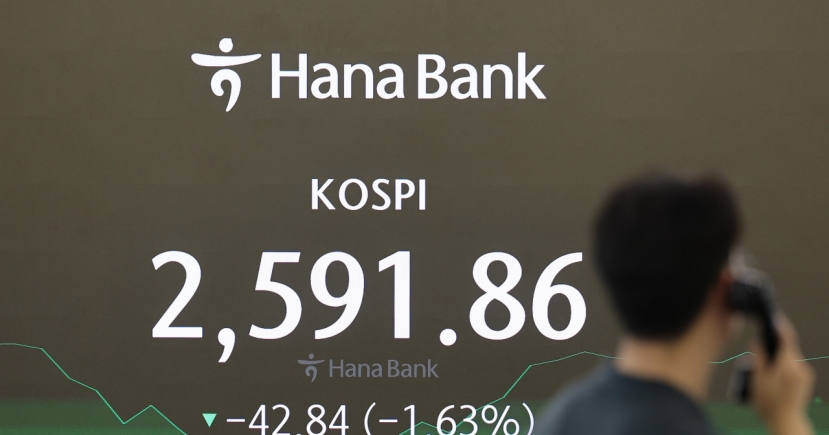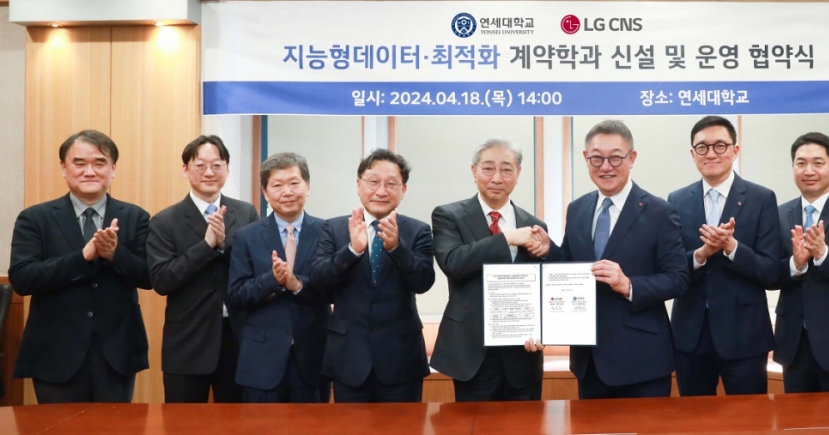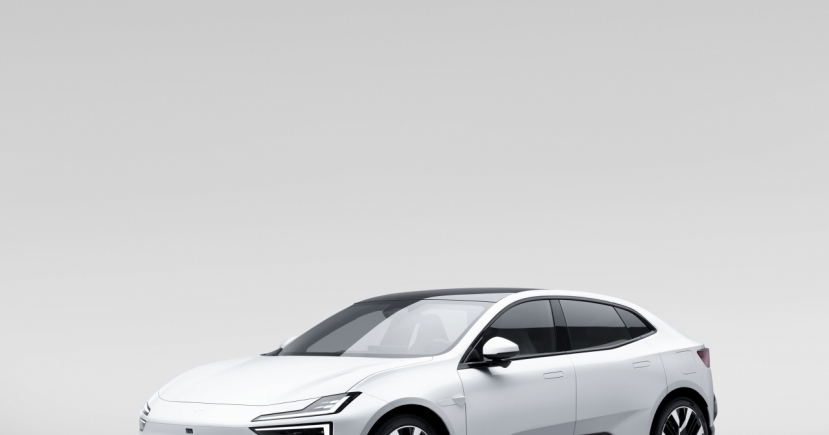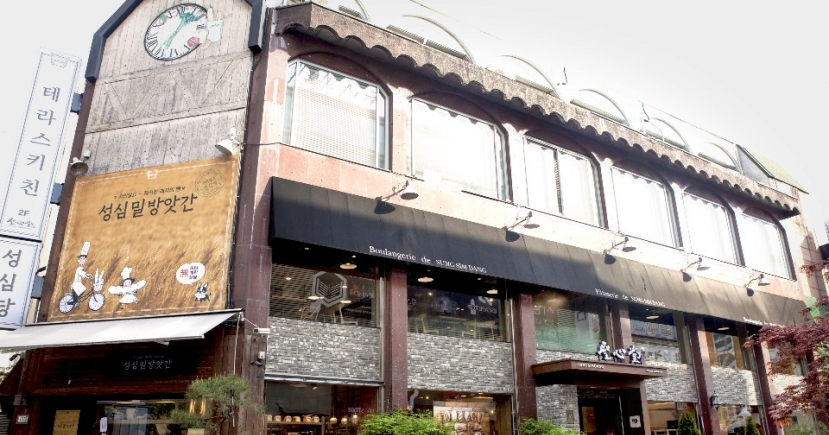Automobiles
Malibu brings life back to GM Korea’s auto plant
[THE INVESTOR] BUPYEONG, Gyeonggi Province -- Black-and-white Malibu sedans are rolling off the three assembly lines at GM Korea’s Bupyeong factory, just an hour’s drive from Seoul, with workers busily fitting various modules and parts to transform the bodies into vehicles.
Thanks to the popularity of the latest Malibu in South Korea, the excitement is palpable across the once-struggling No. 2 Bupyeong assembly plant, which rolls out Malibu sedan, Captiva SUV and Opel Antara -- only for export.
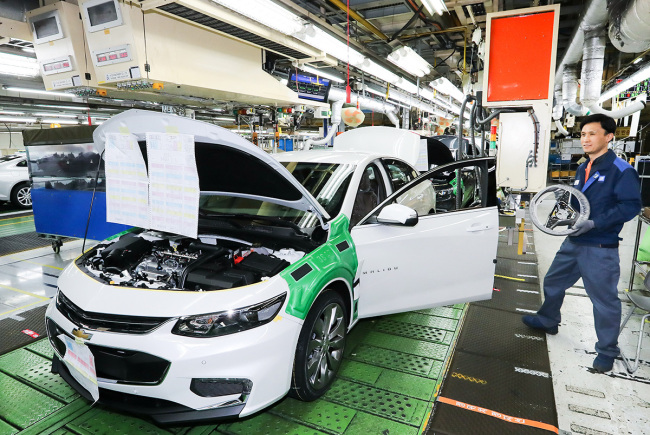 |
A GM Korea worker fits parts to a Malibu sedan at an assembly line of GM Korea’s Bupyeong plant. GM Korea |
“The second factory had faced major difficulties due to low production,” said Cho Yeon-soo, vice president of manufacturing GM Korea, at the Bupyeong plant on Nov. 29. “In the past, the operation rate was very low, but now we are running at full capacity, including on Saturdays and Sundays.”
“Driven by Malibu and Trax, GM Korea’s market share could exceed the 10 percent mark this year,” Cho said. The last time when the local unit of the US automaker General Motors posted a double-digit market share was in 2007.
Just last year, the second plant -- which is capable of producing 32 vehicles an hour -- operated only two to three days a week weighed down by weak demand.
This year, GM Korea clocked record sales, selling 144,726 vehicles from January to October, up 12.5 percent from the same period last year. The stellar performance of Malibu contributed to the sales boost, which has sold more than 30,000 units in Korea since its May debut.
GM Korea attributes the triumph to its high-quality cars, on display during the factory tour.
At each station of the line, workers can detect defects at any time by scanning more than 2,000 auto parts of the vehicle on the computer screen. The alarm will go off and the production lines will be halted in the event of quality problems or if any type of abnormality is detected .
“We make the best cars in terms of quality,” said Kim Tae-young, director of the assembly plant, pointing to the inspection line at the plant. “The vehicles have to first pass the quality tests at the end of each assembly line and the final inspection section before heading off for delivery,” Kim said. “About 95 percent vehicles roll out of the factory defect-free.”
To meet the increasing sales, GM Korea is ramping up production. “The unexpected success of Malibu has changed the atmosphere of the factory,” Kim said. “The workers have to work day and night with long hours, but you can sense their excitement.”
The Malibu cars, which took three to four months for the customers to receive in the beginning, is being delivered within a month now.
GM Korea also cites safety of the cars behind its success.
The safety of Malibu cars was revealed to the press at the GM Korea Technical Center. The moderate overlap test was conducted to simulate a head-on collision between two oncoming cars at moderately high speed.
The black Malibu, accompanied with the distinct loud sound, collided with the obstacle at 64 kilometers per hour. After the crash test, the front-end shattered into pieces, and some parts flew off. The test car is most likely to be totaled as the engine is significantly damaged, said Oh Hyung-joon, who oversees the tests.
But inside the car, the two adult-size dummies –- in the front seats -- survived the crash as the air bags were deployed well in time before the compartment collapsed. The car doors still managed to open after the collision.
By Ahn Sung-mi (sahn@heraldcorp.com)


